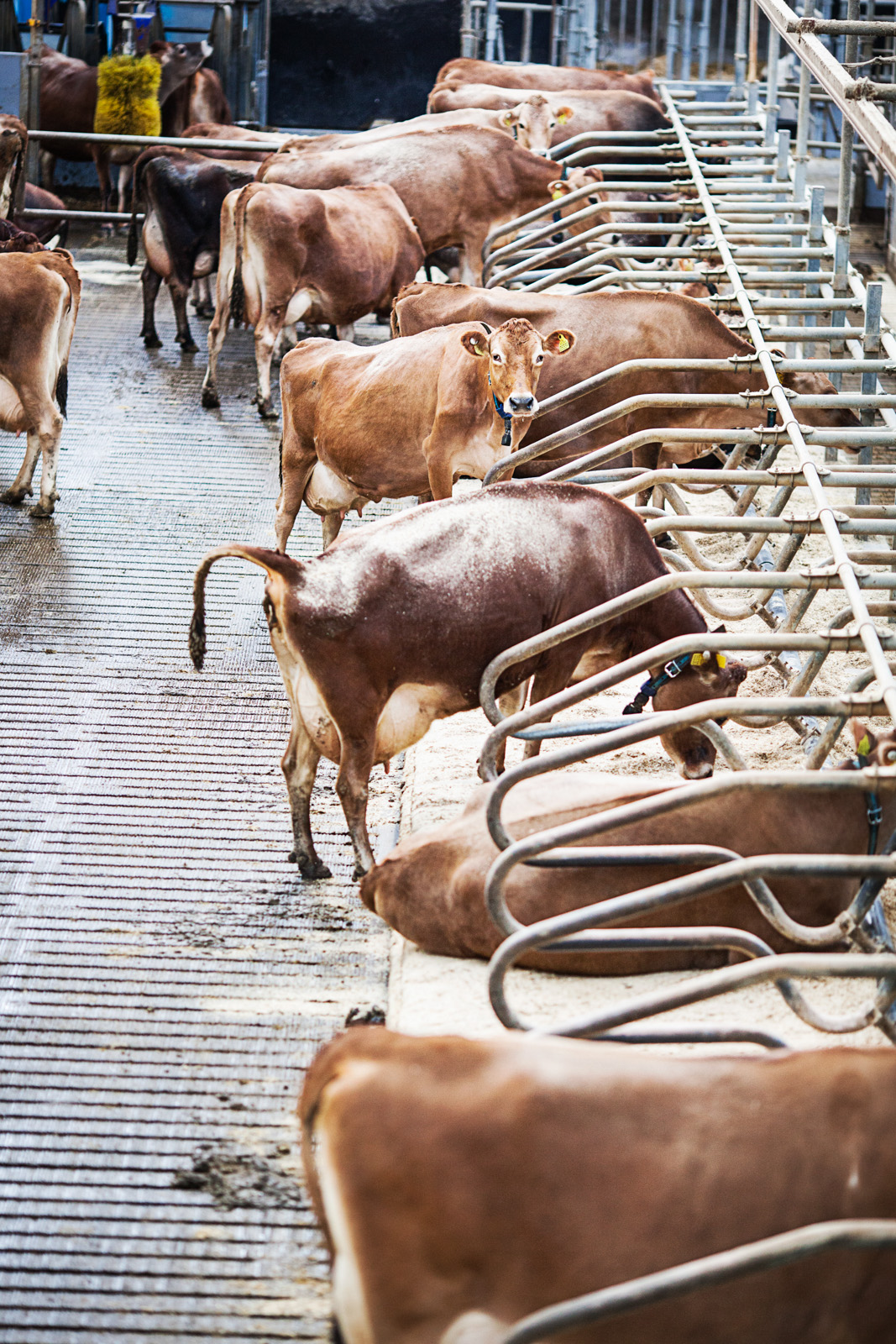Evaluation of fitness for transport of cull cows varies
In a test to see how farmers, livestock drivers and veterinarians assess the fitness for transport of cull cows based on lameness there were different opinions.

Assessment of whether a cull cow is fit for transport to the slaughterhouse can vary according to who is doing the assessment. This was indicated in a study carried out by researchers from Aarhus University, in which they asked farmers, livestock drivers and veterinarians to evaluate cow lameness and fitness for transport based on video sequences.
A common reason for culling of dairy cows is lameness. An important element in ensuring cow welfare during transport is to make sure that they are suited for transport before they are loaded onto the lorry. This includes an evaluation of whether their lameness is serious enough to preclude transport. Farmers, livestock drivers and veterinarians regularly face the task of assessing transport fitness of lame dairy cows. The question is how similar their assessments are to each other.
Researchers from Aarhus University have done an initial investigation into this. The aim of the study – which is one of the first of its kind – was to evaluate the extent of agreement between farmers, livestock drivers and veterinarians – both within and between the groups – with regard to assessing lameness and fitness for transport.
Lameness assessed with the aid of video sequences
The researchers used an online questionnaire with 30 video sequences of walking cows. The respondents were asked to score each cow for lameness and assess if it was fit for transport or not. A total of 55 people participated in the survey: 19 farmers, 19 veterinarians and 17 livestock drivers.
The cows in the videos varied from having a completely normal gait to being severely lame. Each cow was scored as to whether it was ”not lame”, ”slightly lame” or ”lame”. The participants were given definitions of these categories beforehand. A ”not lame” cow was one that walked normally, a ”slightly lame” cow was one that did not walk normally but where it was not possible to see which leg was affected, and a ”lame” cow was one where you could see which leg was affected.
The participants were also asked to assess, solely on the basis of the cow’s lameness, if she was fit for transport.
Slightly different assessments
In general, agreement between the groups was moderate. The group of veterinarians tended to assess more of the cows as being lame while the group of farmers tended to assess fewer of the cows as being unfit for transport, but otherwise there was no systematic agreement or disagreement within or between the groups.
- If our results hold in a larger survey, they indicate that there is a need for more focus on assessment of fitness for transport. This could, for example, take the form of training of the various groups that undertake the assessments. The aim would be to ensure good animal welfare during transport, says one of the researchers behind the study, Peter T. Thomsen from the Department of Animal Science at Aarhus University.
Furher information
Read the scientific article Lameness scoring and assessment of ?tness for transport in dairy cows: Agreement among and between farmers, veterinarians and livestock drivers.
For more information please contact:
Senior researcher Peter T. Thomsen
Department of Animal Science, Aarhus University
Email: ptt@anis.au.dk
Telephone: +45 8715 7834
